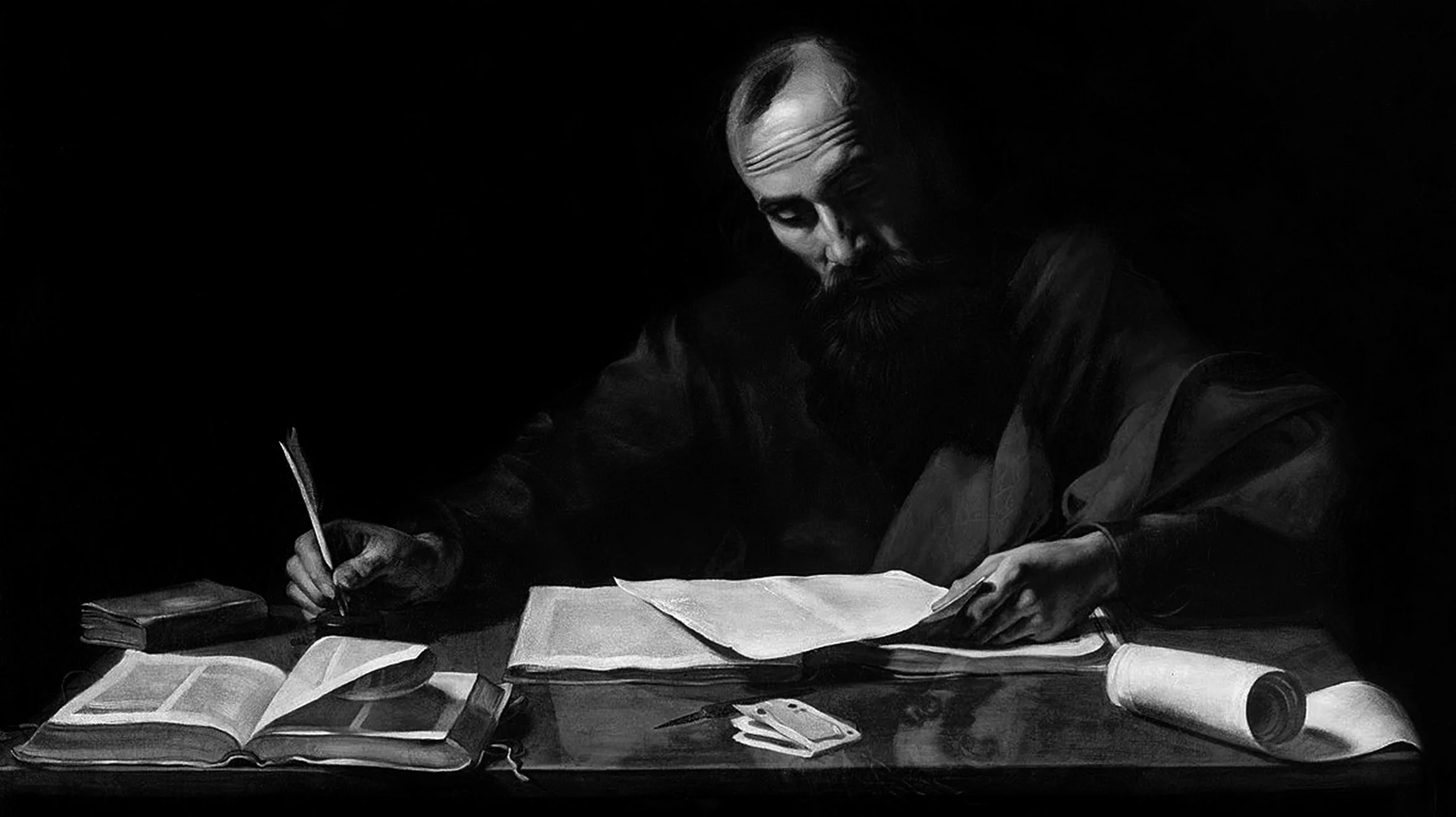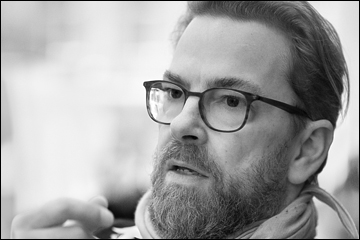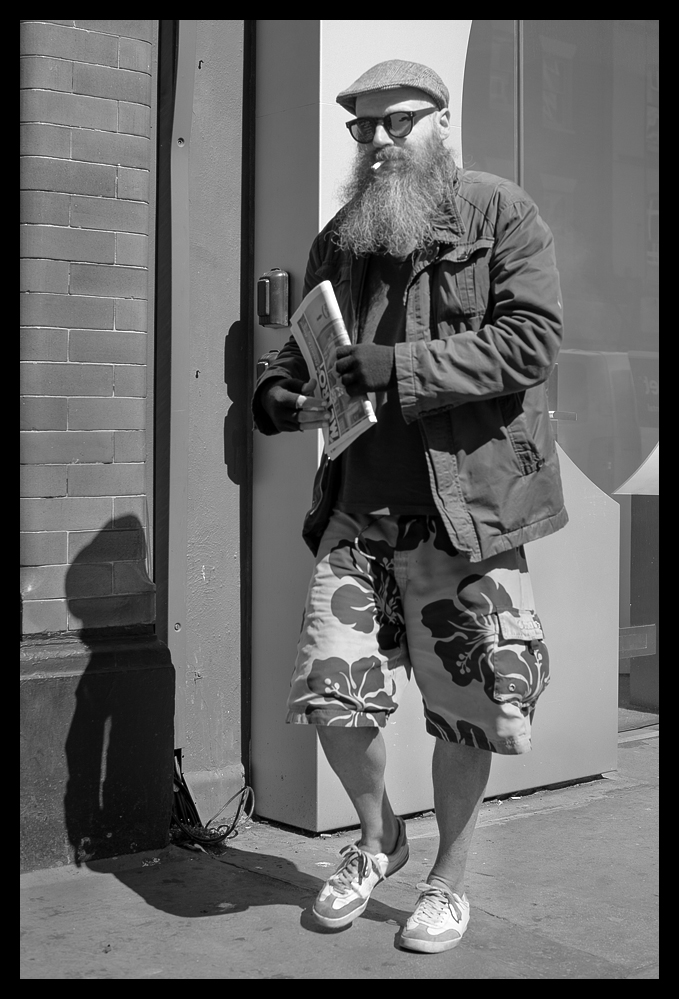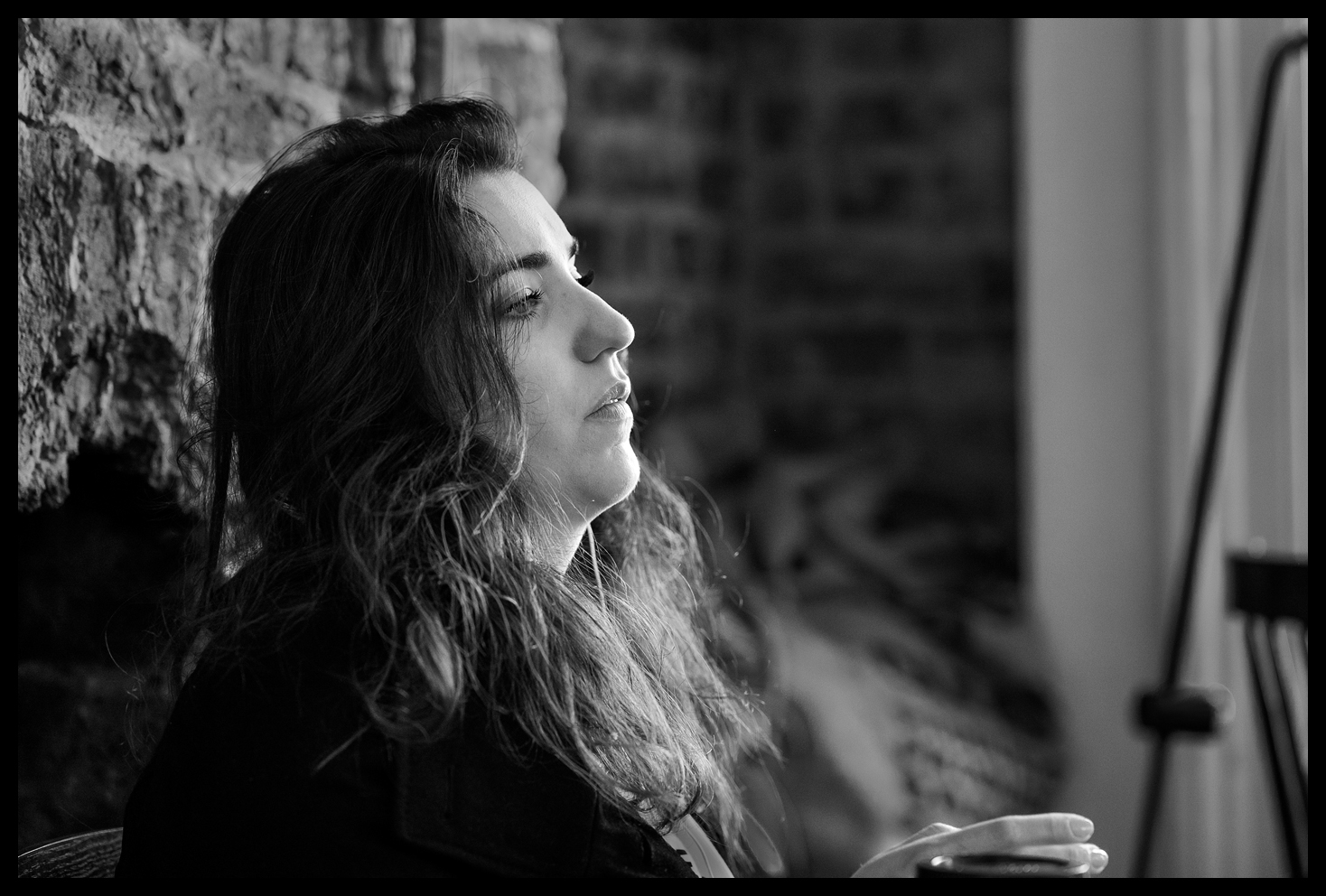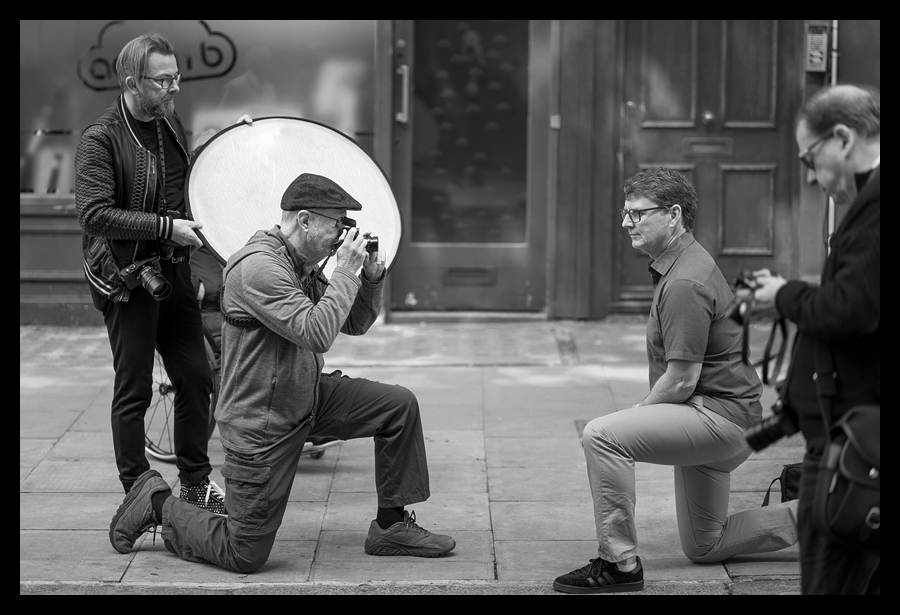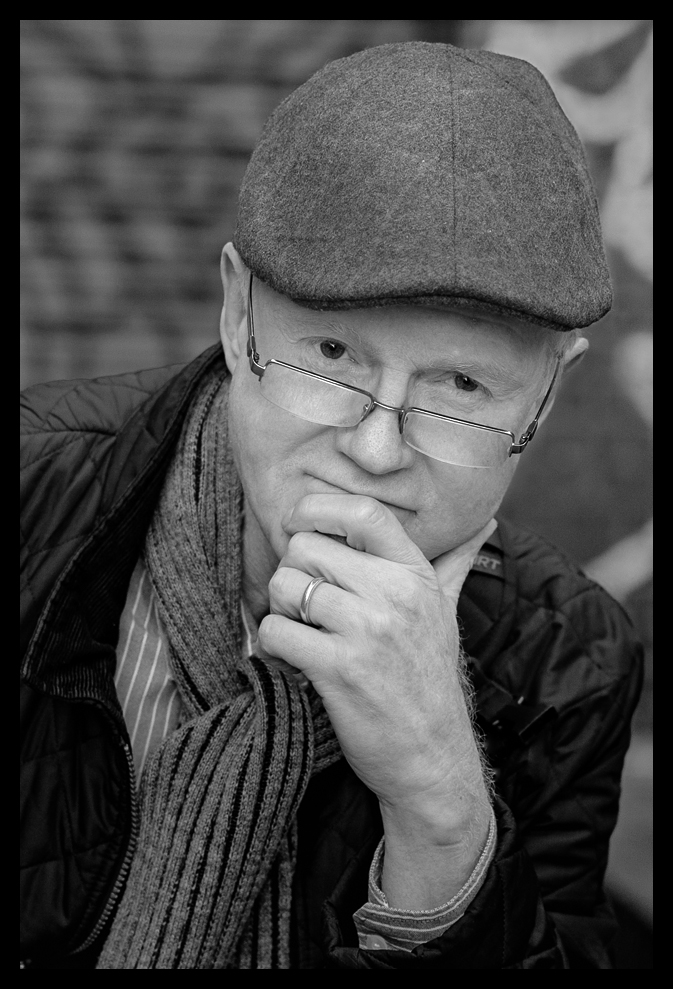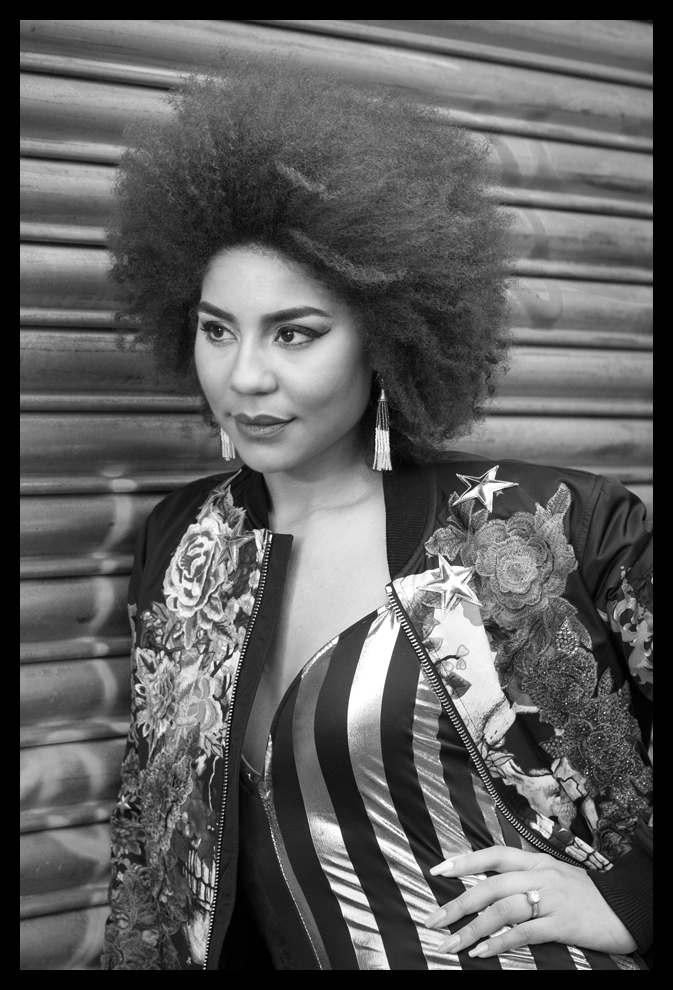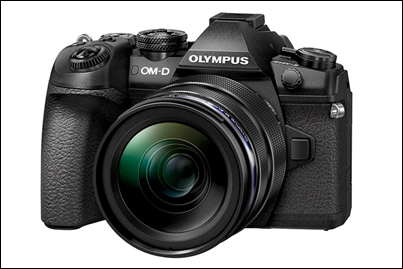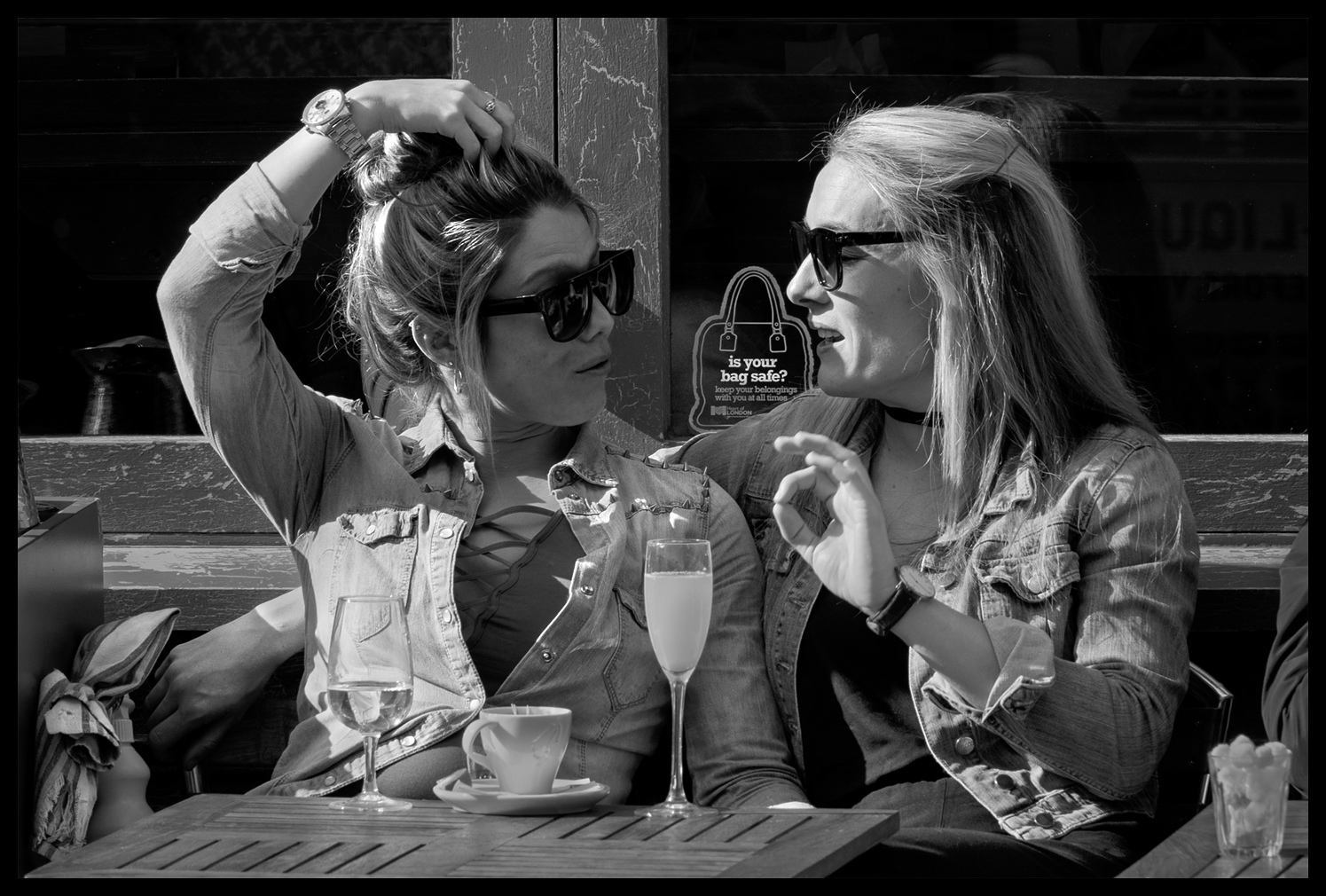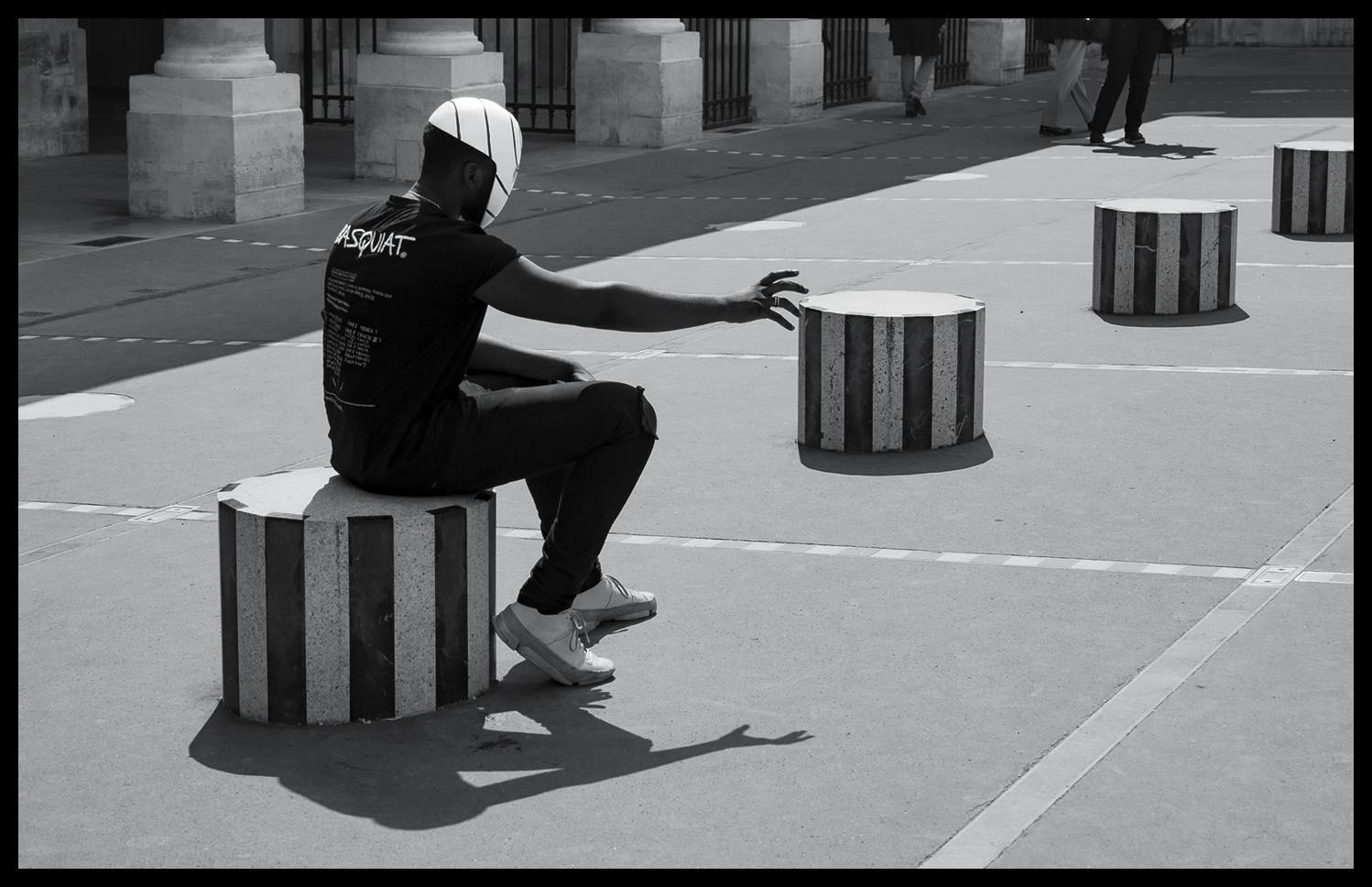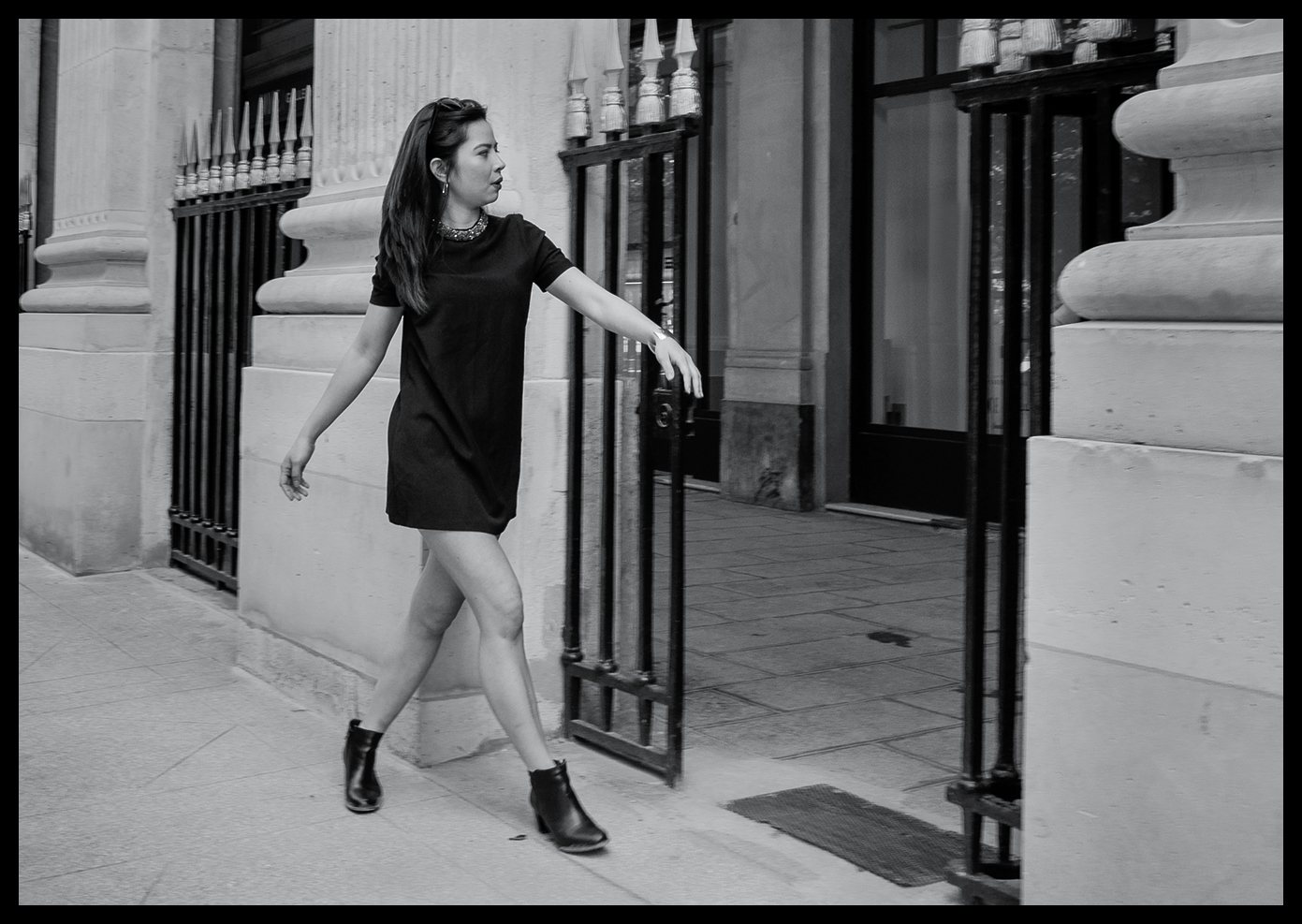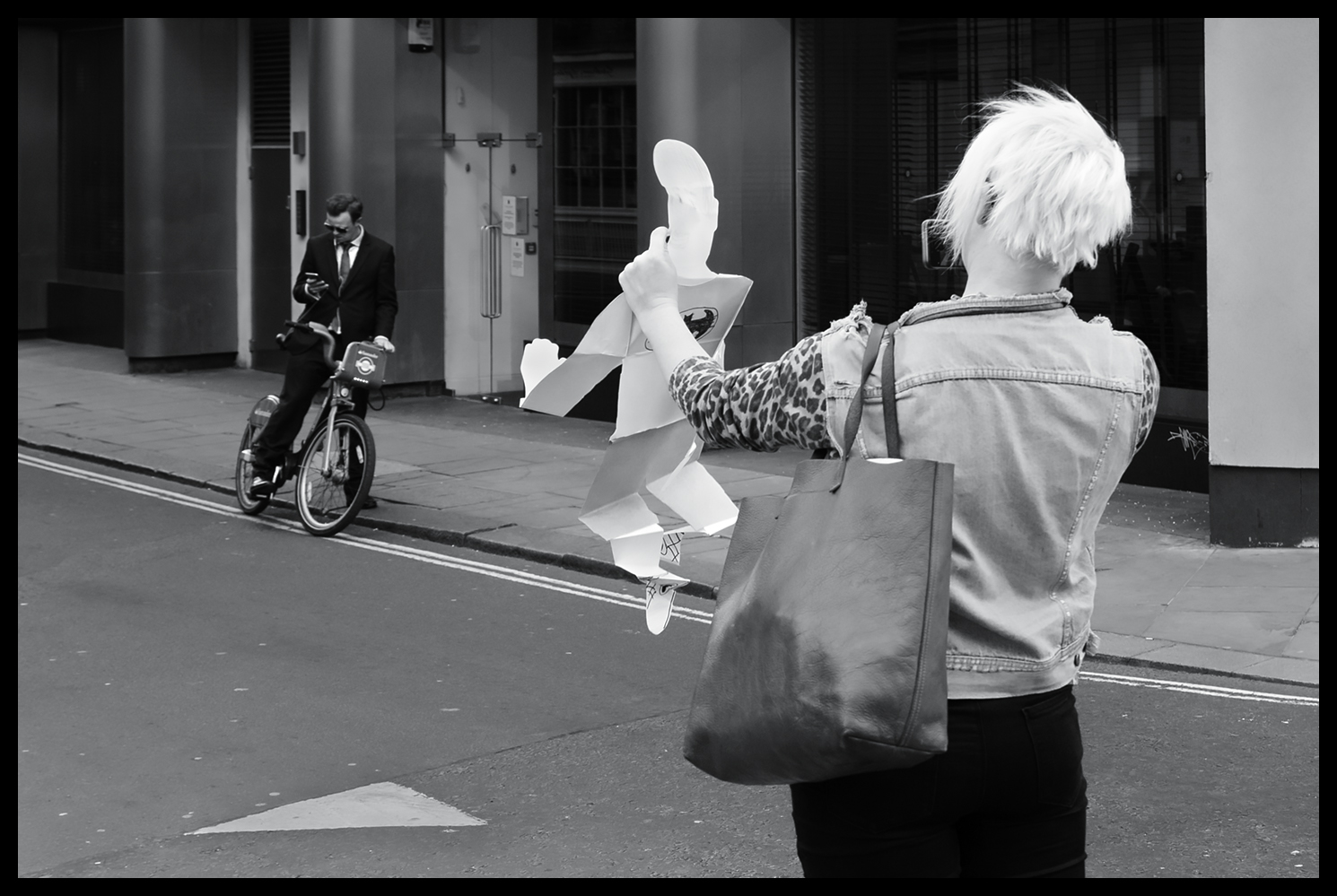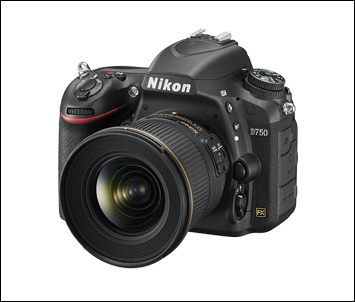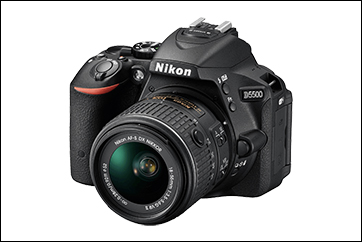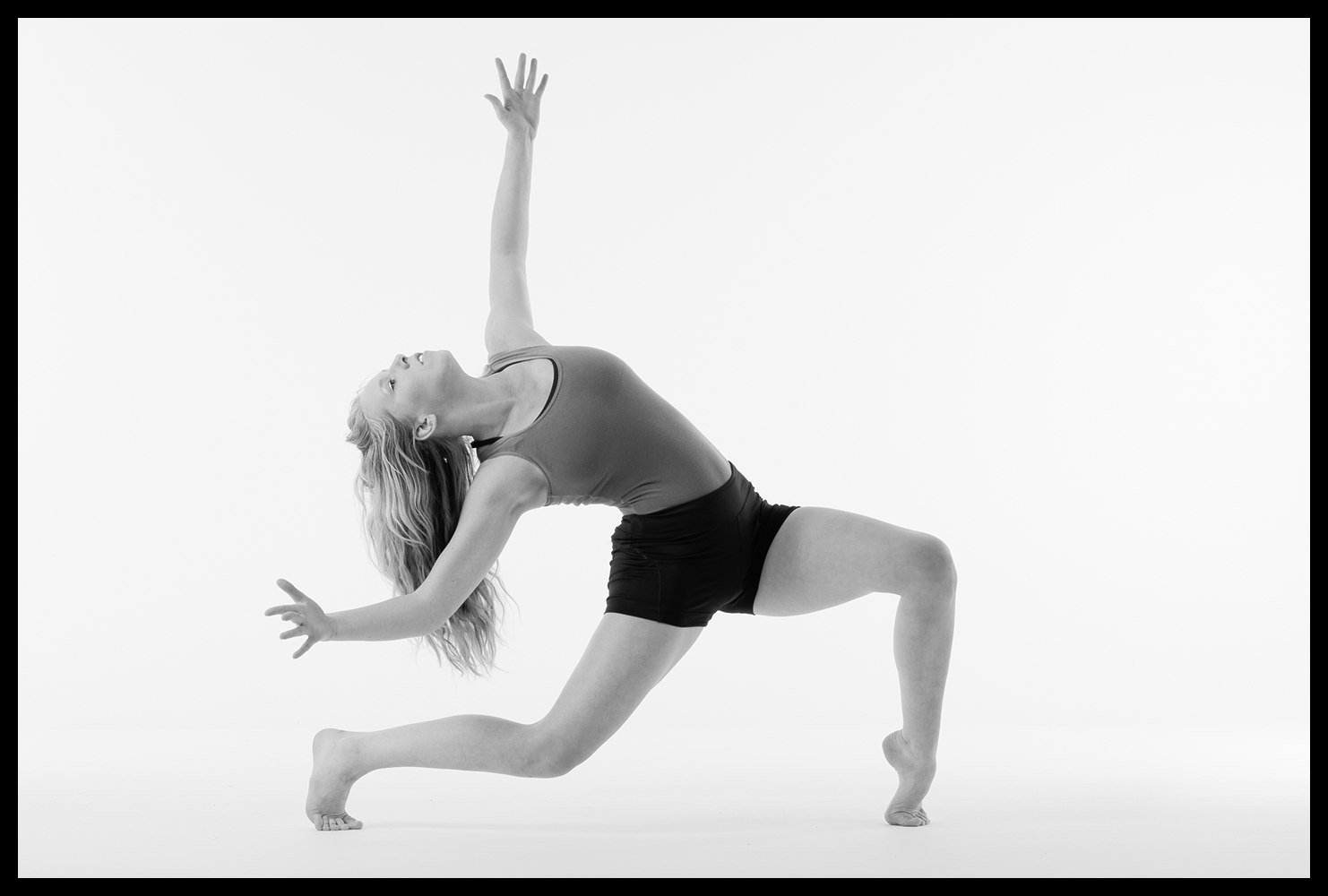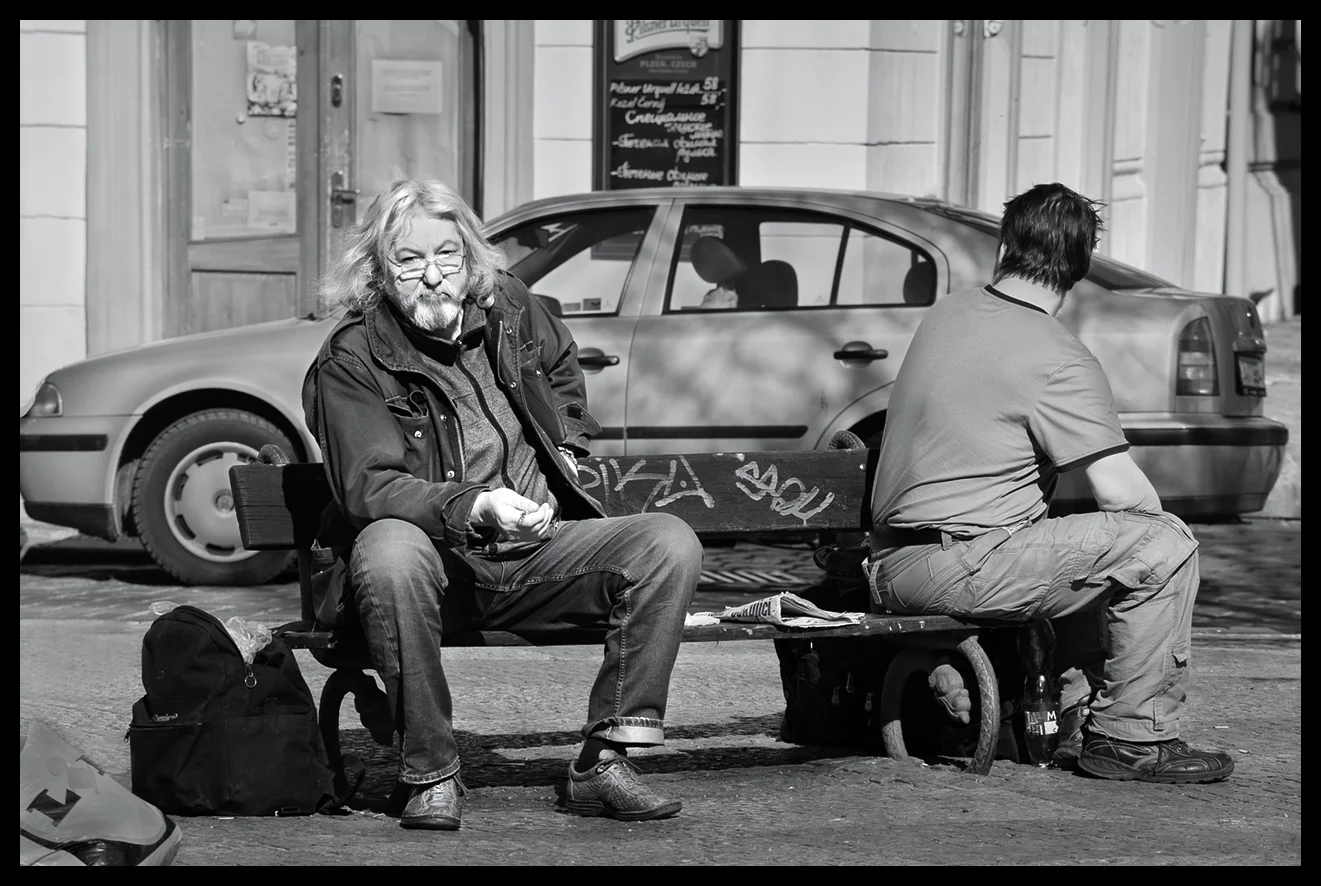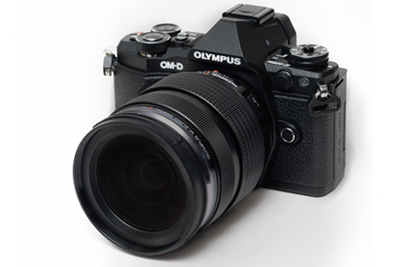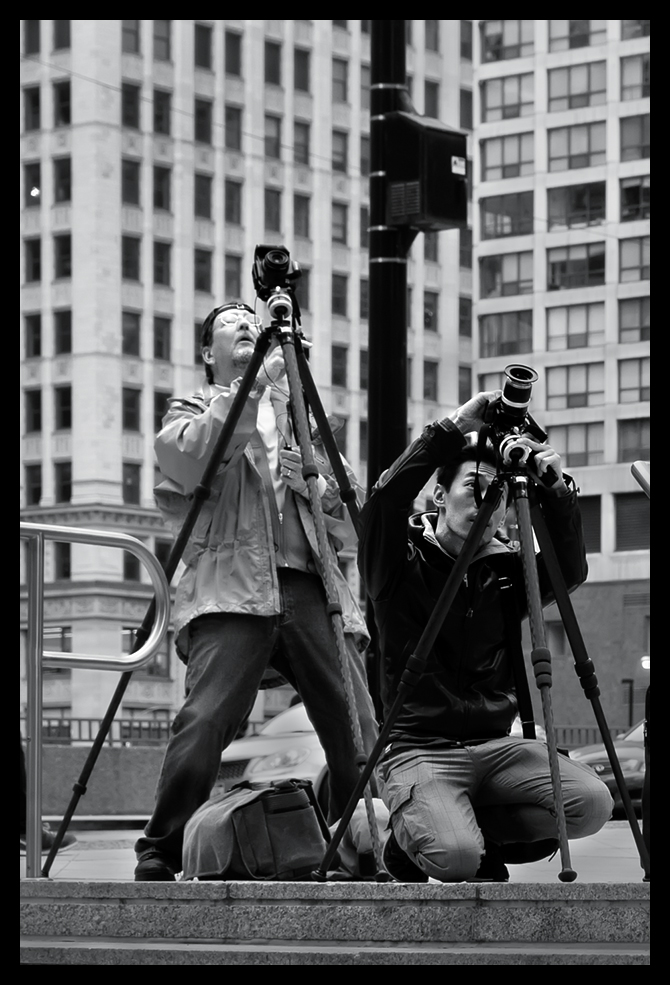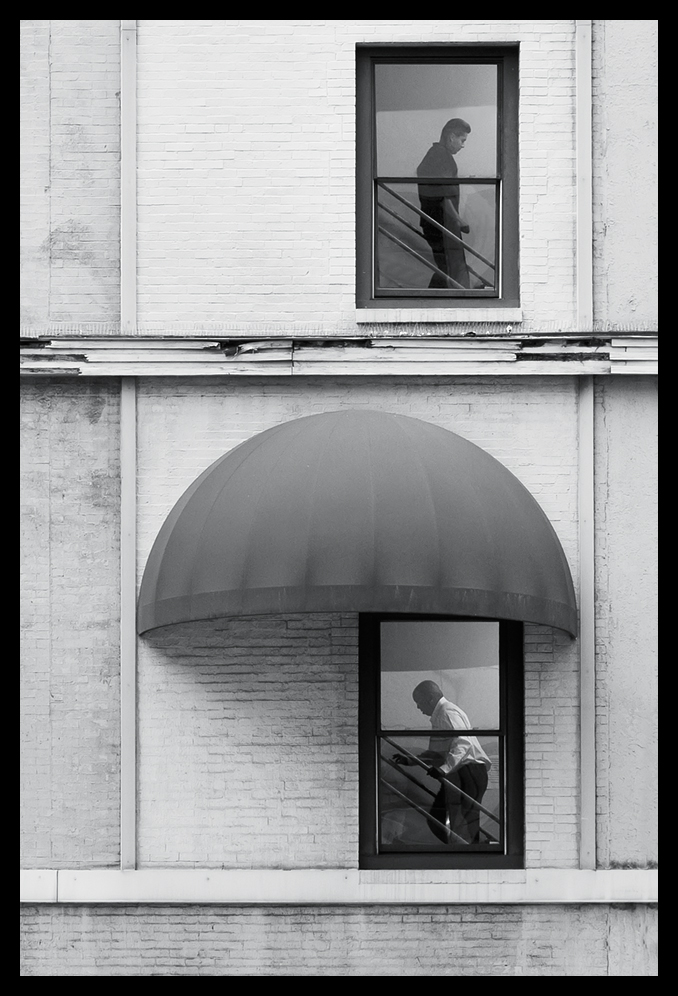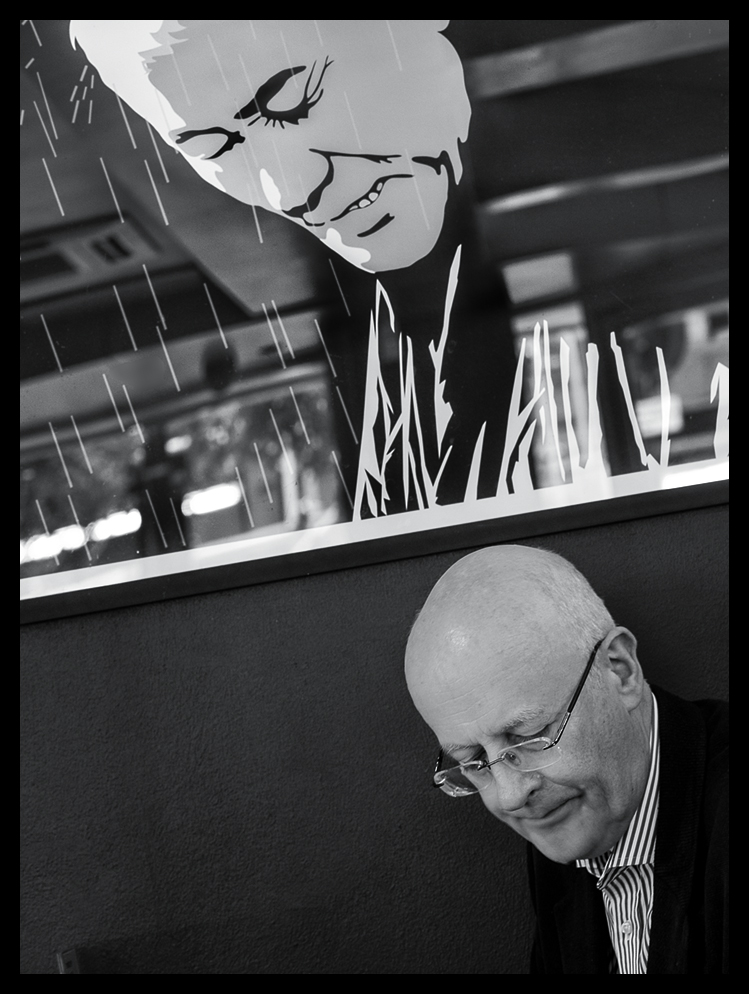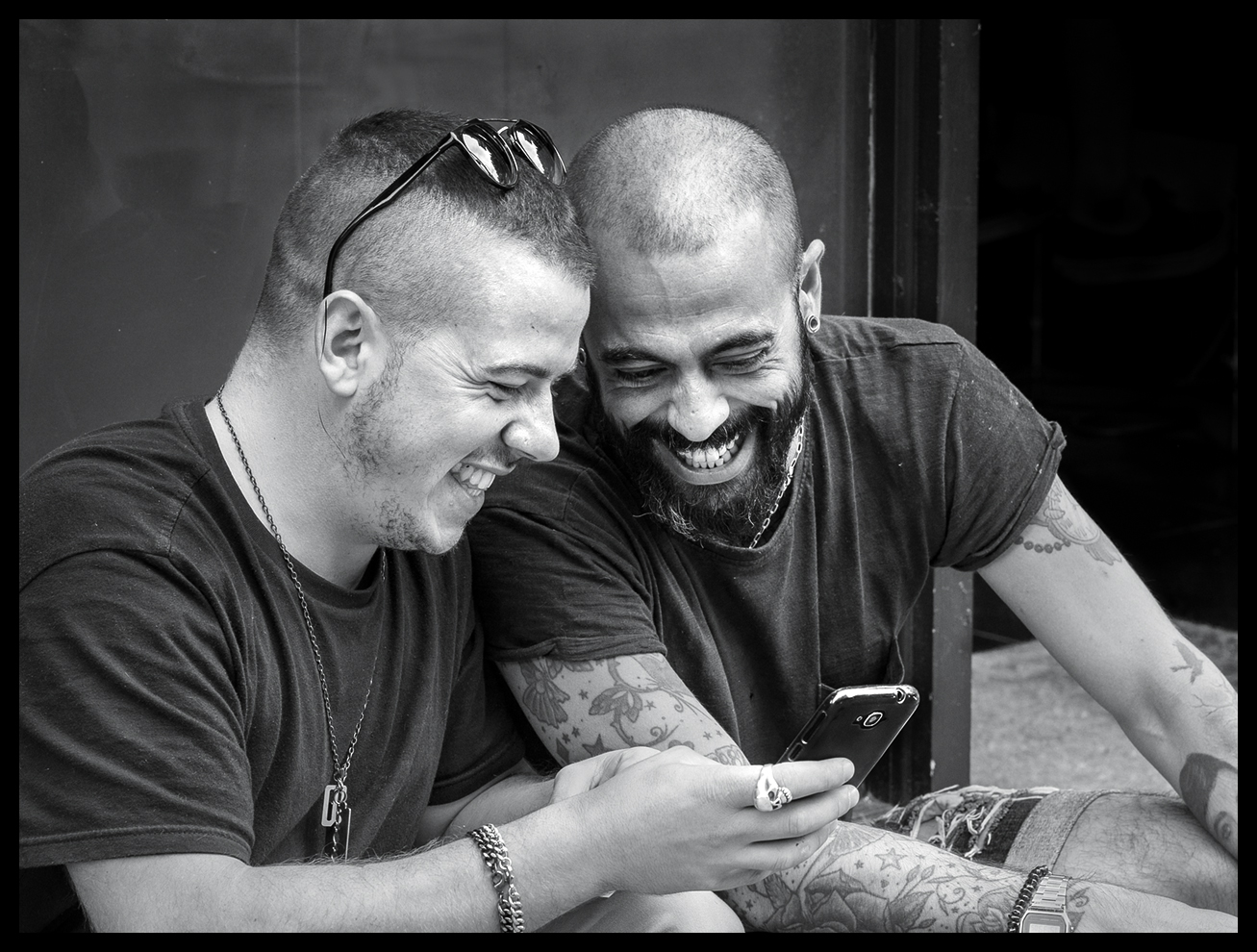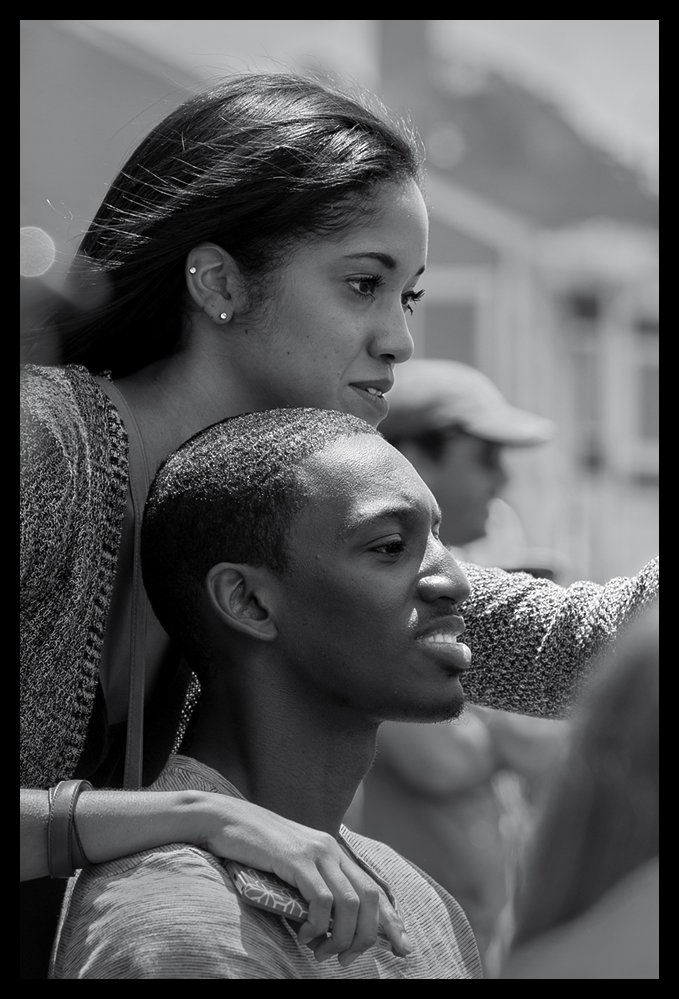fusing poetry with the visual arts
Visual Poetry has been described as:
‘the child of poetry and the visual arts’.
It seems to have evolved during the 1950s and 60s out of what is known as Concrete poetry. The academic Willard Bohn succinctly reduces the many and varied descriptions of this type of poetry to:
‘poetry that is intended to be seen - poetry that presupposes a viewer as well as a reader’.
One of my favourite examples of this type of poetry is exemplified by Derek Beaulieu’s piece called ‘Untitled (for Natalee and Jeremy), shown below on the right. This image is copied from the Poetry Foundation organisation’s web site which can be reached via this link.
Visual Poetry takes the fundamental concepts of poetry and applies them, unconventionally, in a visual context using static text, symbols and other imagery in unexpectedly new ways.
Beaulieu’s example here shows how text has been used, in company with other graphical symbols, to create visual ‘rhythms’ of repeated characters; waves of letters forming convoluted shapes, with shapes and groups of shapes, that hold the viewer’s attention and create the overall experience one gets from the poem. In this piece, the chaos and visual turbulence created by the careful selection of letter shapes, the shapes they form when repeated, the groupings and the wavelike movement they conjure, all contribute to the overall visual impact of the work.
Visual Poetry then, takes ‘poetic art’ into a visual realm, revealing new patterns and forms that have less literal, but more visual connections with our emotions.
Video Poetry, on the other hand, being a more recent phenomenon, again takes this idea of interpreting poetic expression in yet more new ways but this time combines the literal use of words, as in a conventionally written poem, with the medium of sound and video. Tom Konyves, a Canadian poet, describes this as:
‘a genre of poetry displayed on a screen, distinguished by its time-based, poetic juxtaposition of images with text and sound (and so) in the measured blending of these three elements, it produces in the viewer the realization of a (deeper and more emotive) poetic experience’.
So, you could say that video poetry is, in effect, a sibling of performance work or live poetry readings. More importantly however, it aspires to surpass the simple act of recording to engage the viewer at a deeper level and therfore to link the poetic form with video and visual artforms. In this sense, video poetry is a specific form of video art comprising poetry texts elaborated and enhanced using various audio and visual techniques.
In the past year, I have returned to writing short poems; something I haven’t attempted since publishing a volume of poems titled “Outside the Alehouse Door’ in the 1980s via The Poetry Society of London. Life moves on.
However, these days I am more motivated by the idea and potential of Video Poetry and recently I’ve been working with the form from time to time as inspiration permits.
On Returning is one such example. It’s a visual / video poem, written while revisiting deepest Cornwall, alone; seeing the familiar, triggering memories from the distant past, from long ago, but seen now through different eyes. As for memory; looking back is both selective and fallible. Pain is rounded out, details fogged by the passing of time, by simply growing older, seeing things in a different light, putting them in context; a new perspective. On Returning is my attempt at capturing that idea. I hope it rings bells.
